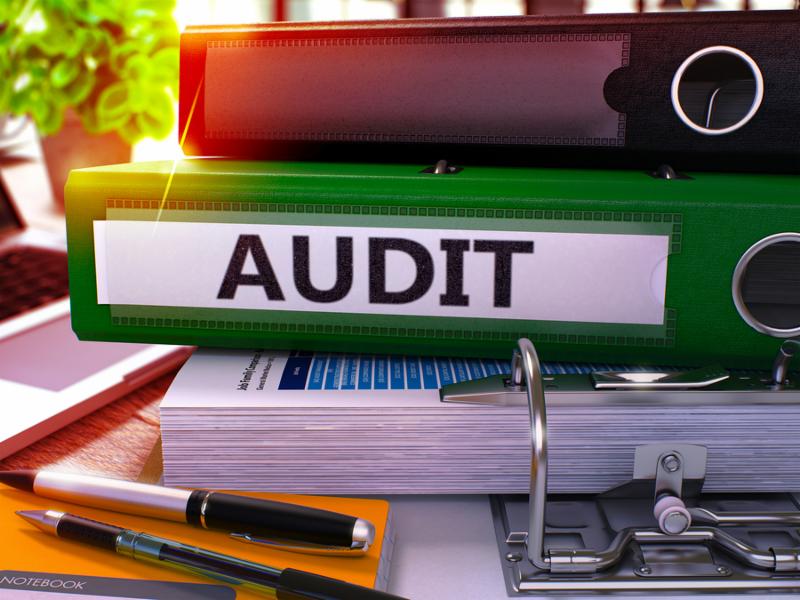Business Personal Property mistakes to avoid in 2018
It is Business Property Tax season for companies with headquarters, campus’ and/or offices in California – many of our clients are providing us dozens of statements from their financial systems to get the Business Property statements both complete and accurate. With our understanding of changes to local jurisdictions tax laws, county assessor and auditor relationships, and experience working with multiple clients – our experts get a pretty good sense of some common mistakes made with business property statements. Catching or correcting these early can save companies in the long run in Audit expenses and penalties. So for this Tax Season, here is an updated list of the three most common mistakes to avoid in 2018.
1. Include Non-Capitalized (Expensed) Equipment – An area which is frequently overlooked is expensed equipment. In most jurisdictions, assessors require that tangible personal property in use be reported, unless it is exempt from taxation. Just because an asset is not capitalized does not mean it is not tangible or in use. Be sure to identify your company’s expensed equipment accounts on the general ledger and report the full year purchases for each location. Remember to treat this equipment like any fixed asset and report it to the correct category as long as it is in use. Some jurisdiction’s property statements now have a section specifically for reporting expensed equipment. Again, be sure to research and understand your company’s chart of accounts. Including this in your filing up-front, again will save time and penalties during an Audit.
2. Take advantage of Multiple Classifications – Reviewing previous years business Property statements, an area for companies to correctly and accurately minimize their overall tax burden is to take advantage of any local jurisdictions classification and depreciation tables. Due to space limitations most tax returns only have five or six categories of asset types. However, the jurisdiction may have many more than just five or six depreciation tables. By reporting your assets to only the categories listed on the return, you may not be taking advantage of the best useful life and depreciation. So break out of the box and attach supplemental schedules. Doing so will result in a lower assessed values and overall lower taxes.
3. Don’t forget to include Supplies – One of the most common areas that Assessors or Auditor’s will initially look for on Business Property Statement is the inclusion of Supplies. The majority of jurisdictions are looking for supplies on hand on the lien date – which is typically divided across the number of employees the company has at that particular location. Some jurisdictions require that supplies be reported by type, while others just require you to report one number for all supplies. Identify your company’s supplies accounts on the general ledger and calculate only the amount on hand on the lien date. One more tip — Do not be fooled by account names. Just because the account does not have the word supply it does not mean it does not include taxable supplies. Accurate submissions tying to the General Ledger will improve the chances of not getting dinged and a penalty during an Audit.
Those are HCG’s top three most common mistakes to avoid in 2018. Catching and/or correcting these early can save companies in the long run in Audit expenses and penalties. Tax laws are constantly changing, and keeping up with each state’s tax codes, tables and changes can be a daunting task. With our understanding of changes to local jurisdictions tax laws, county assessor and auditor relationships, and experience working with multiple clients – our clients have the extra protection of completed timely and accurate Business Property statement filings.


